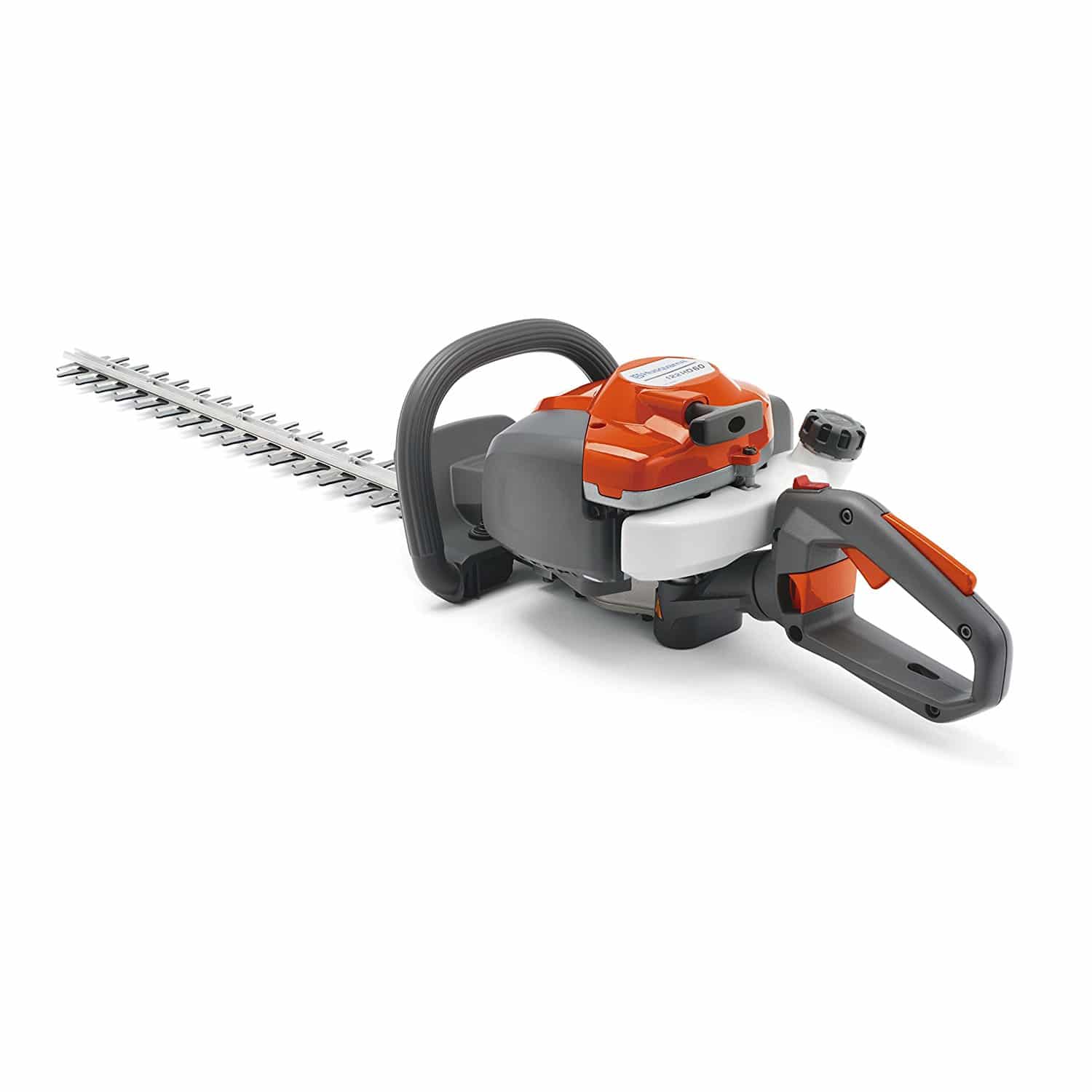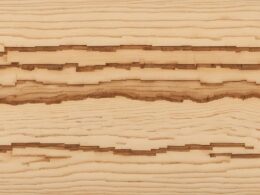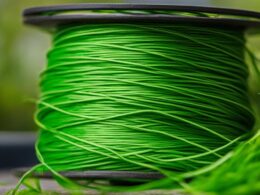Welcome to our guide on how to utilize a valuable resource in your yard for green lawn care: grass clippings as mulch. In this article, we will explore the many benefits of using grass clippings as mulch, how to properly apply them, and other creative uses for this eco-friendly alternative. When it comes to lawn maintenance, it’s essential to embrace sustainable practices. By leveraging your grass clippings, you can achieve a greener and healthier lawn while reducing waste and promoting a more sustainable environment.
Contrary to popular belief, grass clippings do not contribute to thatch buildup but rather decompose quickly, returning essential nutrients to the soil. By recycling lawn clippings as mulch, you can reduce the need for synthetic fertilizers and improve soil health. It’s a win-win situation for both your lawn and the environment.
In the next sections, we will delve deeper into the benefits of grass clippings as mulch, how to use them effectively, and explore other innovative ways to repurpose them. So, let’s get started on your journey to greener lawn care with the help of grass clippings as mulch. Your lawn will thank you, and so will the planet!
Benefits of Grass Clippings as Mulch
Using grass clippings as mulch offers several benefits for your lawn and soil.
Firstly, grass clippings are a rich source of nutrients, including nitrogen, phosphorus, and potassium. By using them as mulch, you can reduce the need for synthetic fertilizers, which is not only beneficial for your lawn but also for the environment.
Moreover, grass clippings contribute to improving soil structure, especially in sandy or clay soils. The organic matter they provide helps to retain moisture, enhance soil aeration, and promote microbial activity. This ultimately leads to healthier soil and better nutrient uptake by your plants.
Furthermore, using grass clippings as mulch helps conserve water by reducing evaporation, keeping the soil moist for longer periods. This also inhibits weed growth, as the mulch acts as a natural barrier, preventing weed seeds from germinating and taking hold in your lawn.
In addition to these benefits, grass clippings help regulate soil temperature by providing insulation during extreme weather conditions. They also protect the soil from erosion caused by heavy rains or winds, keeping your lawn intact and preventing nutrient loss.
Overall, using grass clippings as mulch promotes a healthier, greener lawn while being environmentally friendly. Take advantage of this readily available resource to improve your lawn’s health and contribute to soil improvement.
How to Use Grass Clippings as Mulch
To make the most of grass clippings as mulch, follow these simple guidelines:
- Ensure the clippings are no longer than an inch in length: Longer clippings can shade or smother the grass beneath. Keep them short to promote healthy growth.
- Apply dry clippings in a thin layer: Spread the clippings evenly, forming a layer no more than 1 or 2 inches thick. This helps prevent matting, odor, and potential lawn damage.
- Avoid using clippings as mulch after herbicide treatments: If you recently treated your lawn with herbicides, it’s best to wait until the chemicals have dissipated before using grass clippings as mulch. Otherwise, the herbicides may harm your plants.
- Distribute clippings evenly and avoid clumping: Make sure to distribute the mulch evenly across your lawn. Avoid clumping, which can affect the appearance of your yard and potentially create hot spots.
By following these lawn care tips, you can effectively use grass clippings as mulch in your yard, promoting a healthier and greener environment for your lawn.
Other Uses for Grass Clippings
Grass clippings have many more applications beyond being used as mulch. Let’s explore some alternative uses for grass clippings that can help you reduce waste and improve your yard.
Composting
If you’re looking to improve the fertility and health of your soil, composting grass clippings is an excellent option. By combining grass clippings with other organic materials such as leaves, vegetable scraps, and coffee grounds, you can create nutrient-rich compost. This compost can then be used to enrich your soil, providing essential nutrients to your plants.
Lasagna Gardening
Another creative way to utilize grass clippings is through lasagna gardening. In this gardening method, layers of organic materials including grass clippings, leaves, newspaper, and compost are stacked to create a nutrient-rich planting bed. These layers break down over time, providing a fertile environment for your plants to thrive. The best part? No tilling or digging required!
Yard Waste
Grass clippings can also be repurposed as yard waste in various ways. For example, you can include them in curbside recycling programs that accept organic materials. Additionally, spreading a layer of grass clippings in your garden can act as a natural weed barrier, reducing weed growth and minimizing the need for chemical herbicides.
By exploring these alternative uses for grass clippings, you can not only reduce waste but also enhance the overall health and beauty of your yard. Get creative with how you recycle and repurpose your grass clippings, and enjoy the benefits that come with sustainable yard care!
Can I Use Grass Clippings as Mulch for Green Lawn Care?
Yes, you can use grass clippings as mulch for your green lawn care routine. Composting grass clippings efficiently can help regulate soil temperature, retain moisture, and provide essential nutrients to your lawn. Just make sure the clippings are free of pesticides and herbicides before spreading them as mulch.
Conclusion
Grass clippings are not just waste to be discarded. They hold immense value in lawn care, providing a sustainable and environmentally friendly solution for mulching and recycling yard waste. By leaving grass clippings on your lawn or using them as mulch, you can reap numerous benefits for your lawn’s health and the environment at large.
One of the key advantages of using grass clippings as mulch is their ability to reduce the need for synthetic fertilizers. These clippings, rich in essential nutrients, such as nitrogen, phosphorus, and potassium, can naturally nourish your lawn, promoting lush green growth without the need for harmful chemicals.
Furthermore, utilizing grass clippings as mulch can help conserve water by reducing evaporation and suppressing weed growth. The clippings act as a protective barrier, regulating soil temperature and minimizing moisture loss, ensuring your lawn stays hydrated and healthy.
Moreover, by choosing to compost grass clippings or incorporate them into lasagna gardening, you can further maximize their potential. Composting grass clippings, along with other organic materials, creates nutrient-rich compost that enhances soil fertility and overall garden health. Similarly, using grass clippings as a layer in lasagna gardening creates an organic planting bed, free from unnecessary tilling or digging.
Incorporating grass clippings as mulch and exploring alternative uses for them is a simple yet effective way to transform your yard into a greener, healthier space. By harnessing the power of grass clippings, not only do you create a more sustainable and eco-friendly lawn care routine, but you also contribute to the greater well-being of our environment.











